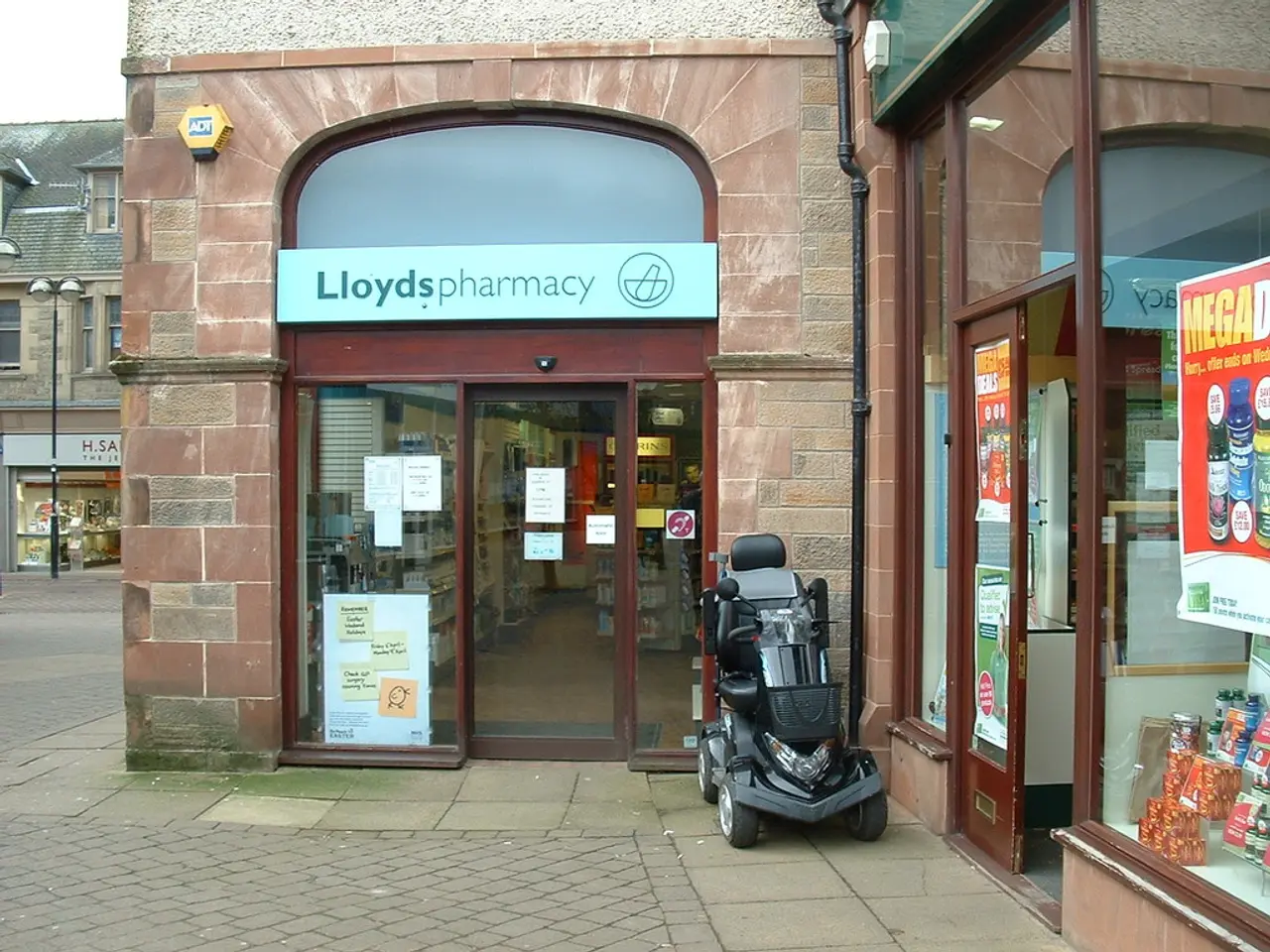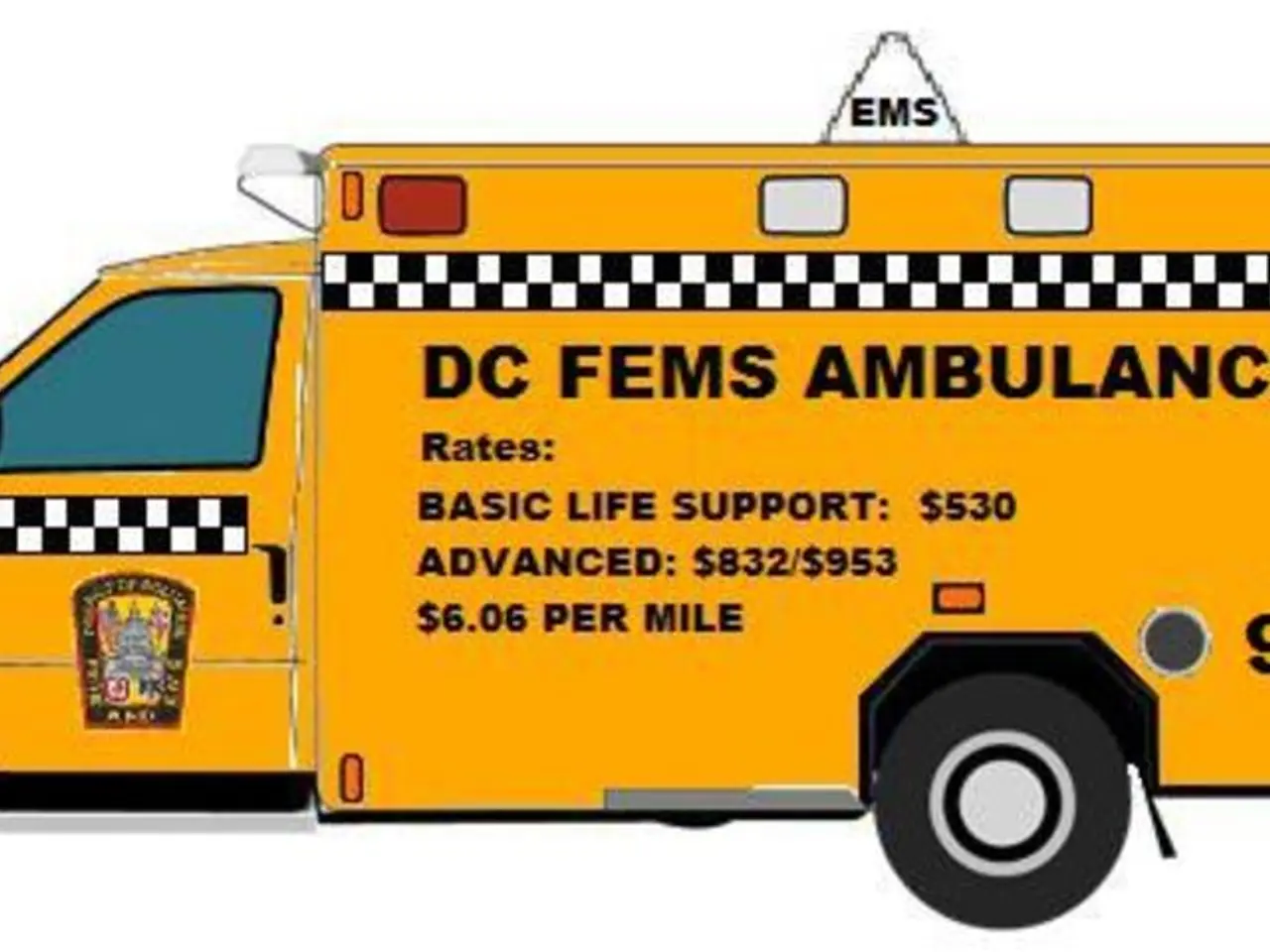Workplace illnesses: Precipitous notification of potential hazards
In the German construction industry, the recognition process for occupational skin cancer follows a structured procedure managed by statutory accident insurance institutions. This process is designed to determine whether a skin cancer is work-related and, if so, to provide comprehensive financial and health services to those affected.
The process begins with a medical diagnosis by a physician. If the patient works in an industry with established risk factors such as construction with high UV exposure, the doctor should report the diagnosis as a suspected occupational disease to the relevant statutory accident insurance (Berufsgenossenschaft or Unfallkasse).
Next, occupational health experts from the insurance institution evaluate the medical findings along with occupational exposure data. They determine whether the skin cancer qualifies as an occupational disease, such as BK 5103 for severe or multiple actinic keratosis and skin cancer caused by natural UV radiation.
If recognized, the insured person is entitled to benefits including medical treatment, rehabilitation, and compensation. Recognition confirms a causal link between occupational exposure and the disease according to German social law.
The process is regulated under the German Social Code (SGB VII) and the occupational diseases ordinance (Berufskrankheiten-Verordnung), which specify recognized occupational diseases and criteria for recognition.
It's essential to report the suspicion of an occupationally caused cancer as early as possible, as recommended by the Professional Association of the Construction Industry (BG BAU) and the German Social Accident Insurance (DGUV). The goal is to prevent the occupational disease from worsening using all appropriate means.
The recognition procedure may take several months, during which questionnaires, personal interviews, and workplace examinations may be used to determine the strains and influences insured persons were exposed to during their working lives. The length of the recognition procedure may vary depending on the specific circumstances of the case.
Employers or doctors are legally obligated to report the suspicion of an occupational disease to the accident insurance carrier or the occupational health and safety authority. In the construction industry, certain types of cancer, including skin cancer caused by UV radiation, occur particularly frequently among employees.
Services ranging from medical care to professional measures for reintegration are considered to achieve the primary goal of mitigating the consequences and preventing them from worsening if the illness is recognized as an occupational disease.
- The occupational health experts, in evaluating medical findings and occupational exposure data, may identify skin conditions like actinic keratosis or skin cancer as occupational diseases, particularly in industries with high UV exposure such as construction, under the recognized occupational disease BK 5103.
- To ensure the best possible health and wellness outcomes for individuals dealing with medical conditions such as occupational skin cancer, it's crucial to report the suspicion of the disease as early as possible, following recommendations from organizations like the BG BAU and DGUV.
- In the realm of workplace wellness, the recognition process for occupational skin cancer in the German construction industry not only provides financial support but also health services, such as medical treatment, rehabilitation, and even measures for professional reintegration, should the disease be confirmed as an occupational disease.




